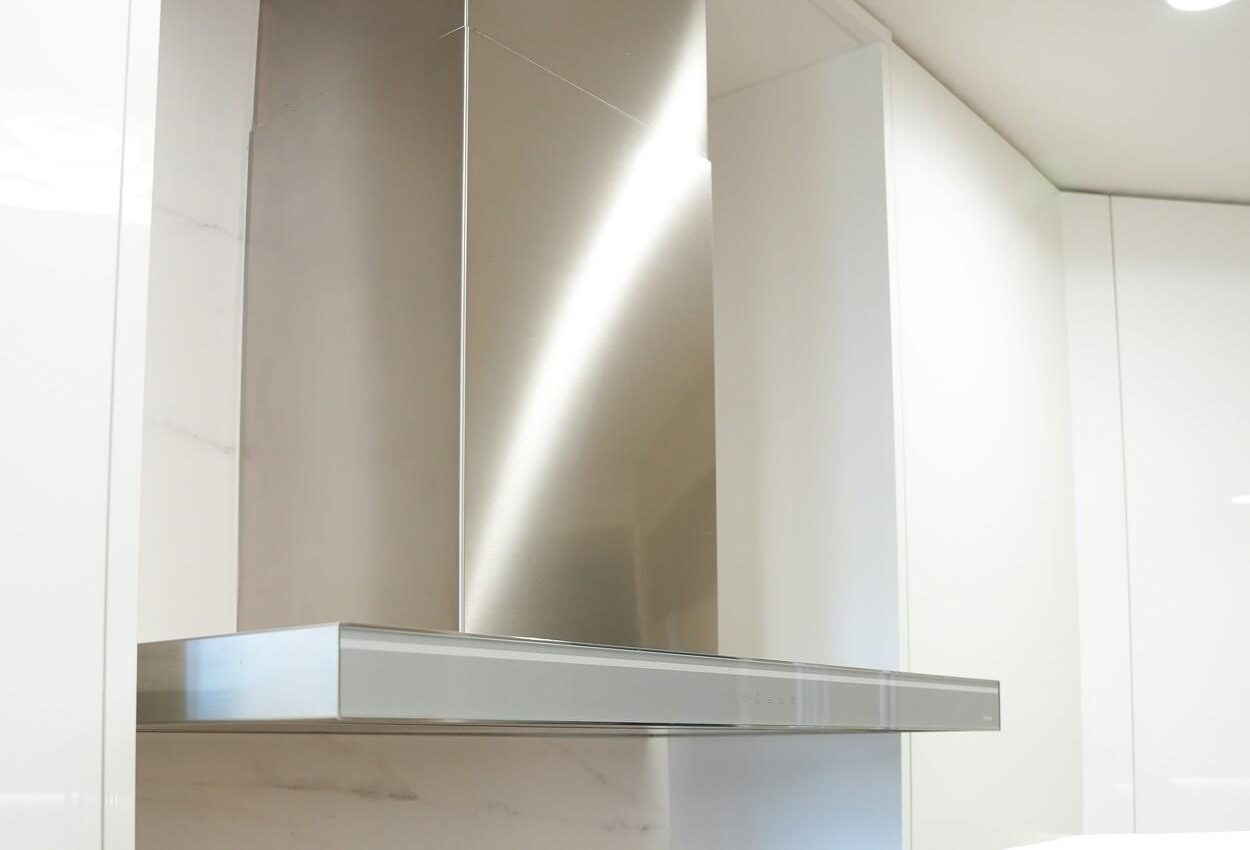I’ve been working with Ferguson’s Plumbing for several years now and I thought it’d be good to share a few things I’ve learned along the way.
Our focus today will be on plumbing and ventilation tips that can help you maintain a healthy home.
We’re about to dive into some of these tips, pulling from years of hands-on experience.
- Proper Kitchen Plumbing Ventilation: Maintaining good ventilation in your kitchen’s plumbing system is crucial for overall health and performance.
- Plumbing Vent Types: Understanding the types of venting options available can help tailor to your home’s unique needs.
- Venting Installation: Correctly installing your kitchen’s plumbing vents ensures optimal system functioning.
- Insufficient Venting Signs: Being able to identify signs of insufficient venting can aid in preventing lasting damage.
- Ventilation Improvement: There are various ways to improve your kitchen plumbing’s ventilation for better results.
- Vent Pipe Issues: Recognising common vent pipe problems and their solutions is key to effective maintenance.
The above points highlight a selection of key plumbing and ventilation topics every homeowner should be familiar with.
Tips for Healthy Plumbing and Ventilation
Note that correct ventilation is essential for avoiding unwanted odours and maintaining an efficient drain system.
Also, always ensure to seek professional advice before attempting any significant changes to your plumbing system.
Lastly, regular maintenance checks are invaluable as they help identify issues early enough for swift rectification.
Contents
- Importance of Proper Kitchen Plumbing Ventilation
- Established Plumbing Vent Types
- Correct Installation of Kitchen Plumbing Vents
- Prominent Signs of Insufficient Venting
- Ways to Improve Ventilation in Kitchen Plumbing
- Understanding Vent Pipe Issues and Solutions
- Enhancing Drainage With Optimal Plumbing Ventilation
- Various Venting Alternatives for Healthy Kitchens
- Kitchen Plumbing Wisdom
Importance of Proper Kitchen Plumbing Ventilation
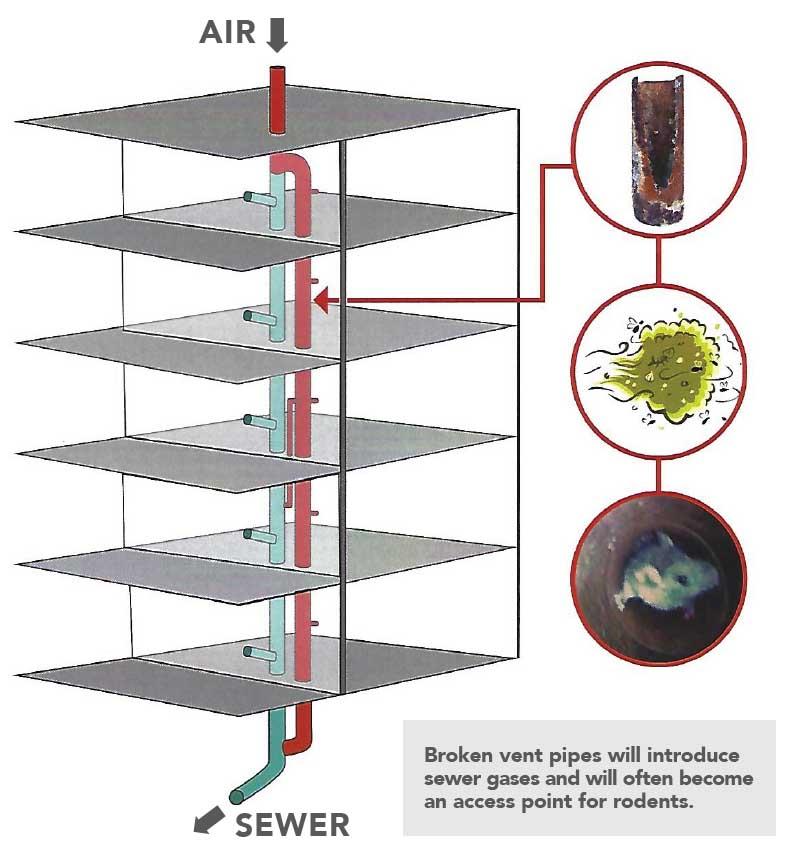
The coziness of your kitchen heavily depends on proper airflow. Effective ventilation not only ensures a pleasant cooking environment but also promotes your overall health. Let’s delve into this.
Open those windows. Bring in fresh air while creating a circulation that flushes out stale air. The trick here is to open a combination of windows and doors, creating a draft that pushes stagnant air out.
No one enjoys inhaling grease while cooking nor the lingering smell afterward. That’s why it is so critical to minimize grease. A handy tool for this purpose is the splatter screen, particularly one with a carbon lining to absorb odors.
- Harness the power of fans. If you lack a range hood, strategically positioned fans are your next best bet. Window fans, like the Bionaire or basic box fans like the PELONIS, can enhance ventilation dramatically.
- Invest in an air purifier. Recent studies indicate that homeowners with gas stoves may be exposing themselves to harmful air pollutants, increasing health risks. An air purifier can help mitigate these risks significantly.
- Turn on the range hood. Encourage better air circulation and trap particulates from burned food and greasy cooking by turning on the range hood every time you cook – don’t wait until after you’re done.
- Avoid air fresheners misuse. They might mask unwanted odors temporarily, but they often raise pollutant levels without addressing the underlying cause. Fresh or filtered air remains your best solution.
The practices above aim to improve kitchen ventilation, contributing to cleaner air and promoting healthier living spaces. With these tips, ensure your kitchen remains as inviting as the meals you prepare there.
Established Plumbing Vent Types
The plumbing world is abundant with diverse vent types. A popular choice among homeowners is auto vents.
These nifty devices automatically regulate the air pressure in your plumbing system, optimising performance and preventing potential issues.
Simple to install, they are appreciated for their user-friendly nature.
Remember: a correctly installed vent can spell the difference between a smooth-operating plumbing system and a disaster waiting to happen.
Moving on, vent filters are another common pick.
This type of plumbing vent plays a crucial role in removing offensive odours that can emanate from drainage systems. Installing one will do wonders for your home environment.
Last but not least, air admittance valves are another style. These special fittings allow air into the plumbing system when it’s needed and seal it off when it’s not.
They’re efficient, compact, and an excellent choice for smaller homes or apartments where space might be a premium.
Correct Installation of Kitchen Plumbing Vents
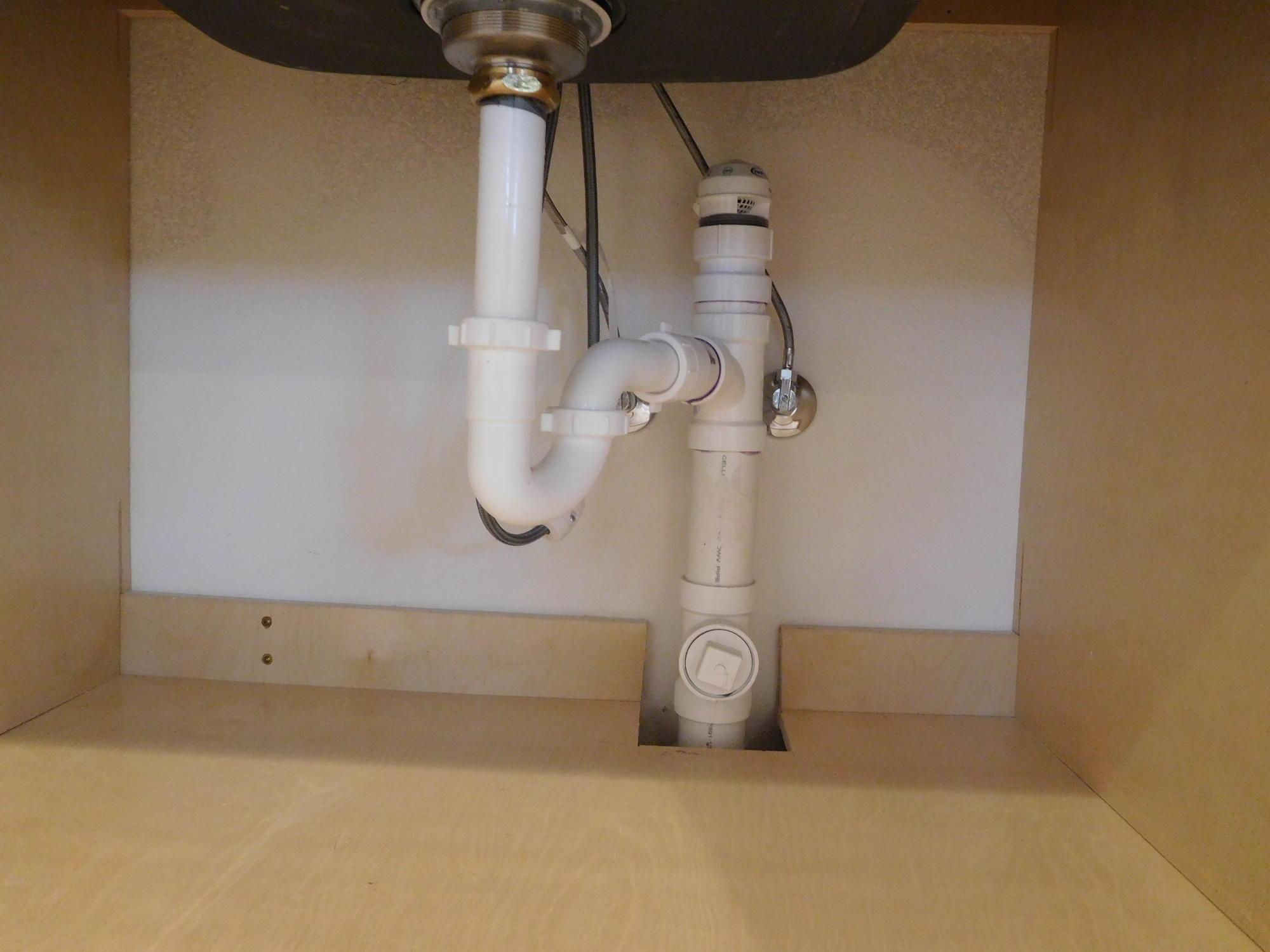
One of the trickier aspects in plumbing is getting an island sink properly vented. Unlike regular kitchen sinks by the wall, the venting system needs a different approach.
Vents are crucial in a plumbing system. They ensure that air and gas are efficiently moved outdoors through a pipe exiting your roof. This helps maintain equal pressure within the system.
The Role of Venting
Proper venting facilitates appropriate water flow and waste movement. A slow flow can leave behind debris and cause pipe clogs, whereas a fast flow might lead to suction siphoning water from the P-trap.
In a wall-adjacent sink, there’s usually a hidden vent connected to the drain. However, this isn’t possible with a kitchen island sink.
Alternative Vents
As a solution, plumbers often recommend a unique type of vent that loops inside the cabinet before going under the floor to connect with the main wall vent. Installing such vents should always be approved by your local plumbing inspector.
An air admittance valve (AAV) is another option for kitchen island sinks. They work by opening when water flow causes negative pressure, letting air in to equalise pressure.
Choosing between AAVs
It’s important to consider both advantages and disadvantages when choosing an AAV. The decision should also be discussed with your local plumbing inspector.
An AAV can be beneficial in most single-family homes as long as there is a primary main vent leading to outside air.
However, AAVs might struggle with high-volume discharge washers and dishwashers. Also remember, AAVs may not be able to relieve pressure efficiently in tall buildings of five stories or more.
Prominent Signs of Insufficient Venting
Many homeowners often overlook the importance of proper ventilation. Still, it’s crucial to keep an eye out for signs that your home possesses insufficient venting.
Unexpected Water Puddles
One common sign of poor ventilation could be unexplained water puddles around your plumbing fixtures. It’s often an indication of clogged vents.
Foul Smells and Odours
Persistent, foul smells in your bathroom or kitchen can also signal poor ventilation. Adequate venting helps evacuate unpleasant odours originating from wastewater.
Gurgling Noises
Do you hear gurgling sounds when flushing the toilet or draining the sink? These noises might be a symptom of inadequate venting in your plumbing system.
Slow Drainage
Lastly, if water drains slowly from your fixtures, it’s worth checking your vents. The right venting is essential for smooth and efficient drainage.
Take these signs seriously and consider contacting a professional plumber to fix the issue. Remember, efficient ventilation is key to a healthy and comfortable living environment.
Ways to Improve Ventilation in Kitchen Plumbing
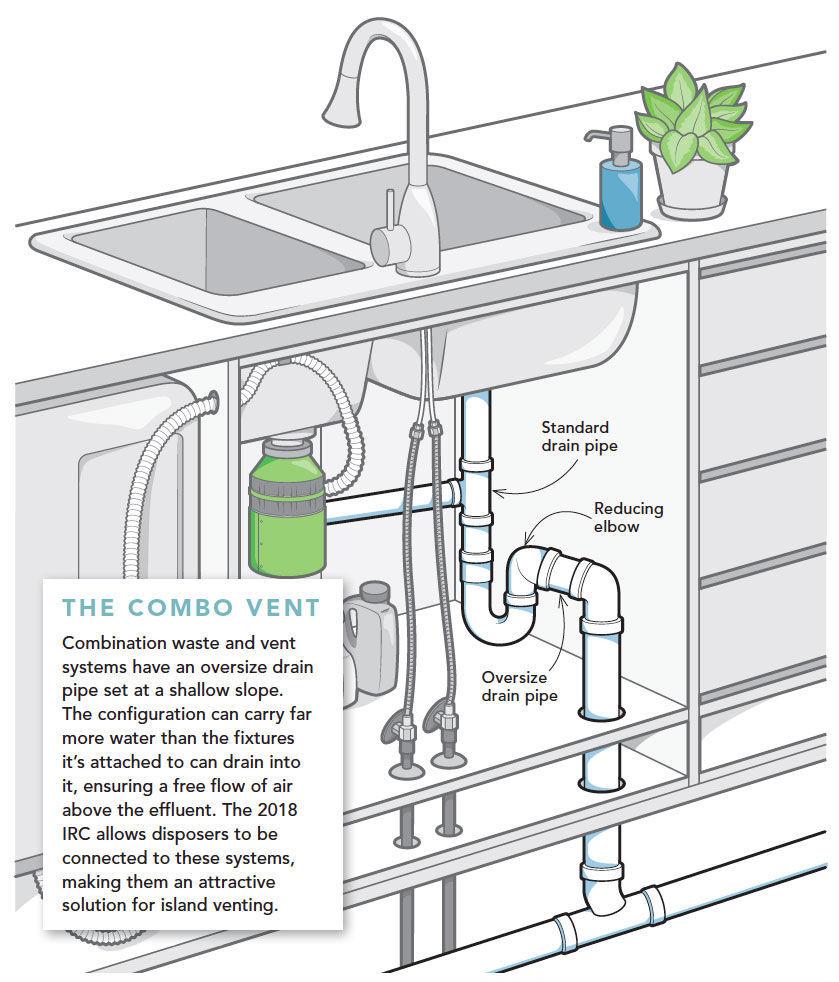
Proper kitchen plumbing ventilation is crucial for a healthy home. It prevents sewer gases from escaping and fixtures from gurgling. So how do we ensure efficient ventilation?
First off, consider the main vent stack. This larger vent can accommodate additional vents in the future, such as for a basement sink or bathroom. This prepares your home for any plumbing expansion.
- Main vent stack: A versatile option with capacity for future expansion.
- T-fitting: Directs water flow from the main sink downward.
- Bow vent: A space-saving solution for island sinks.
- Air-filled vent pipes: Essential for allowing all fixtures to “breathe.”
Vent pipes should be air-filled, not water-logged. By ensuring this, all your fixtures can “breathe,” thus optimising their functionality.
If you have an island sink, a bow vent is a smart choice due to limited space. This innovative design prevents water-induced flooding by directing flow away from the sink.
Lastly, separate vents and relief drains can provide added protection against flooding if water enters the vent. These components ensure water can escape without causing damage.
Understanding Vent Pipe Issues and Solutions
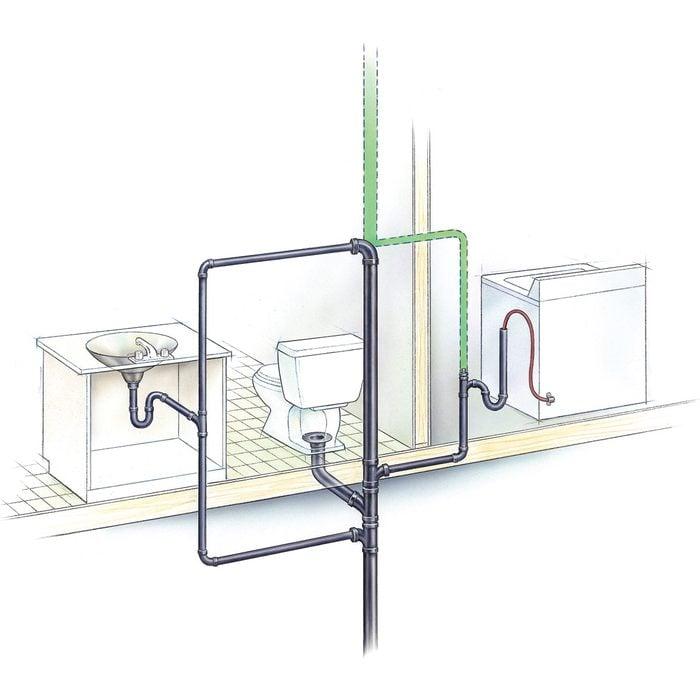
Plumbing vents play a crucial role in maintaining a functional and pleasant home environment. They allow air to flow through the drainage system, averting complications like unpleasant odors, disturbing noises, and unexpected fluid movements.
The Problem: Sewer Gas Odors
Sewer gasses are not simply bad smells; they contain potentially deadly gases like methane (CH4) and hydrogen sulfide (H2S). Septic odors in homes can spell danger, from methane gas explosions to fatal asphyxiation.
Annoying Gurgles: A Sign of Trouble
Gurgling noises in your sinks, toilets, or showers could mean your fixtures aren’t properly vented. Inadequate or incorrectly installed vents may cause water to drain more slowly.
A Variety of Venting Issues
Vents installed on an angle or side, rather than vertically, can obstruct airflow. Furthermore, leaks in vent pipes may lead to issues with drainage and odors.
Possible Remedies and Solutions
Diagnosing venting problems often involves checking for leaks and ensuring correct vent placement. If your vents are blocked or capped, you may need to install air admittance valves or relocate your vents to ensure proper airflow.
Common Causes and Solutions
Frequent sources of trouble include inadequate venting, uneven slopes in vent pipes, and incorrect vent connections. Proper installation and angling of vents, suitable vent pipe sizes and inspecting for leaks can often resolve these issues.
If you’re not confident in tackling these issues yourself, it’s recommended you seek professional help. Persisting issues may require the expertise of a qualified plumber, particularly for homeowners lacking the necessary skills or safety equipment.
Exposure to sewer gases can lead to various health problems. These include sinus and bacterial infections, as well as respiratory issues due to the presence of harmful gases.
Indicators of broken or improperly installed vents can include gurgling noises, slow drainage, and occasional explosive bubbling in drains. By recognising these symptoms early on, homeowners can act promptly to remedy the situation.
Enhancing Drainage With Optimal Plumbing Ventilation
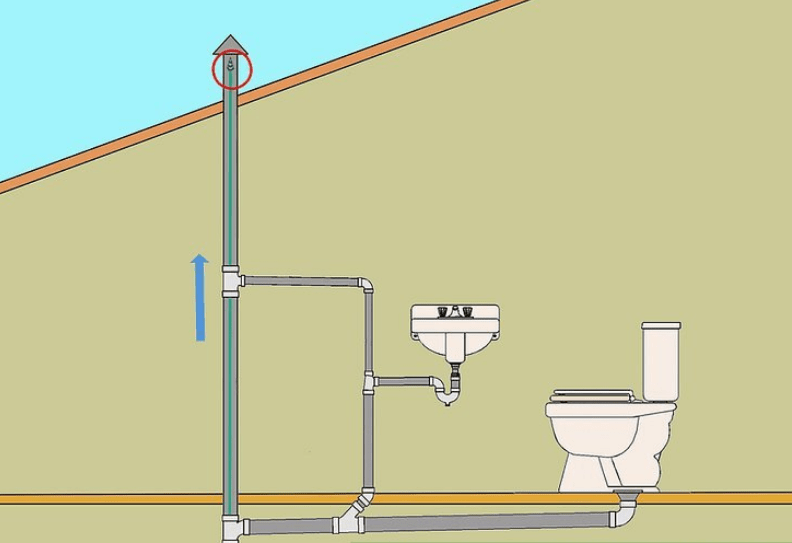
What importance does ideal ventilation serve in a bathroom?
Proper ventilation in your bathroom is essential for maintaining good air quality. It helps dissipate steam and remove moist air, reducing the risk of mold.
What’s the recommended specification for bathroom fans?
The ideal bathroom fan should move 1 cubic foot of air per minute (CFM) per square foot of floor space.
Can most bath vents accommodate this specification?
Yes, most bath vents often with toggle options between 80 and 110 CFM can do the job. They are usually paired with a 4-inch vent line.
What about larger bathrooms?
For larger bathrooms, you may need a fan with a greater capacity, like 150 CFM and a bigger vent line, such as 6 inches.
How long should I let the bathroom vent run after use?
To ensure all lingering steam is expelled, it’s recommended to keep the vent running for about 10 to 15 minutes post-shower.
Can I upgrade my vent using existing wiring?
Absolutely! Upgrading your vent to enhance drainage can be achieved without needing additional wiring. This makes it an easy swap!
Various Venting Alternatives for Healthy Kitchens
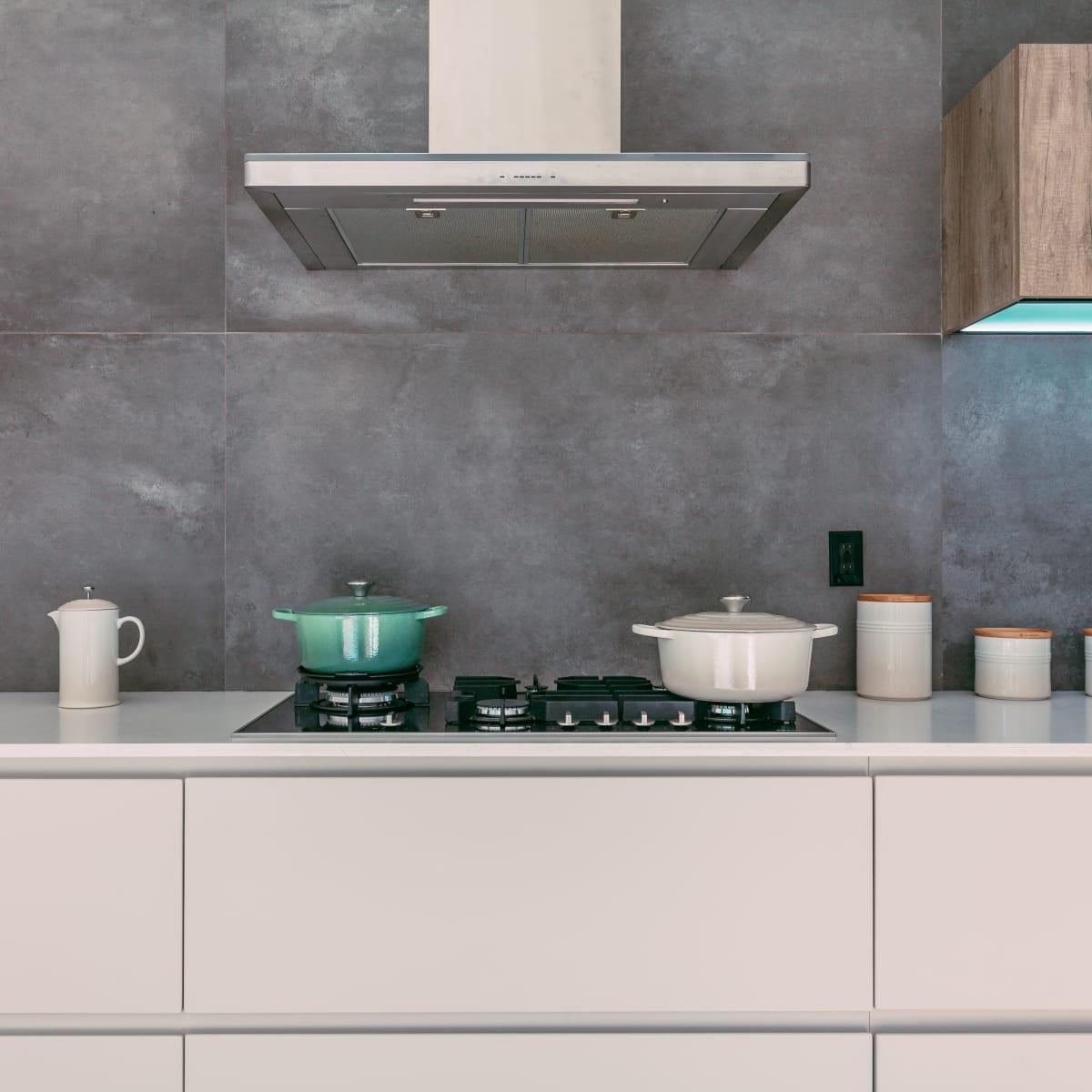
When it comes to keeping your kitchen air quality top-notch, air filters serve as a viable alternative to range hoods. They capture particles flying around during cooking, improving air quality.
However, the importance of proper ventilation can’t be underestimated. It aids in eliminating carbon monoxide, smoke, and other harmful cooking particles which could cause health issues like breathing difficulties, headaches, and fatigue.
In kitchens with no venting systems, window fans can fill the gap. They bring in fresh air while simultaneously expelling the stale air inside. Also, they contribute towards temperature control and consistent airflow.
While window fans are generally quieter and less powerful than range hoods, they can’t completely eliminate cooking smells. There’s also a risk of introducing outside odors into your kitchen.
If you’re after reducing grease and cooking smells, consider using a splatter screen with a carbon lining. Maintaining cleanliness of this screen will help decrease airborne grease particles.
For thorough cleaning of airborne contaminants and particles, HEPA air purifiers are an excellent choice. They scrub over 99.7% of these elements from air, promoting a healthy kitchen atmosphere.
Ventless ovens and certain unique cooking methods are perfect for kitchens without hood systems. Devices like panini presses, turbo chef ovens, and air fryers provide flexible cooking options sans ventilation requirements.
You can even make use of basic appliances like electric flat tops or crock pots for diverse menu items without needing any ventilation systems.
Undoubtedly, regular maintenance holds the key to efficient kitchen ventilation. This includes cleaning of window fans, changing air filters regularly and keeping your kitchen cabinets clean to maintain good air quality.
To ensure safety while cooking, consider installing tools like CO2 meters. These devices alert you about high carbon dioxide levels, helping you to maintain a safer cooking environment.
Kitchen Plumbing Wisdom
To maintain a healthy kitchen, prioritise consistent plumbing and good ventilation. Regularly check your pipes for leaks, and ensure they’re fitted correctly. Don’t neglect your sink, use strainers to prevent clogs and clean it regularly. Ventilate appropriately, use exhaust fans to eliminate unwanted kitchen fumes. Remember, a well-maintained, well-ventilated kitchen ensures a healthier home and a happier life.
- Kitchen Oasis. Fusion of Relaxation and Functionality (AU) - November 2, 2024
- Pure Water Pleasure. Why You Should Consider Installing a Kitchen Water Filter - October 22, 2024
- Green Plumbing Practices. Eco-Friendly Ideas for Your Melbourne Kitchen - October 2, 2024
Related posts:
 Common Kitchen Design Mistakes to Avoid: Expert Tips from Fergusons Plumbing Australia
Common Kitchen Design Mistakes to Avoid: Expert Tips from Fergusons Plumbing Australia
 8 Tips to Minimise Kitchen Plumbing Leaks
8 Tips to Minimise Kitchen Plumbing Leaks
 Plumbing Perfection: Tips to Maintain Your Aussie Kitchen’s Lifelines
Plumbing Perfection: Tips to Maintain Your Aussie Kitchen’s Lifelines
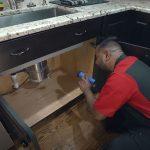 Simple Plumbing Tips for Trouble-Free Kitchen Operations
Simple Plumbing Tips for Trouble-Free Kitchen Operations
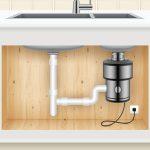 Insider’s Guide: Understanding Your Kitchen Plumbing System
Insider’s Guide: Understanding Your Kitchen Plumbing System
 Easy Kitchen Plumbing Upgrades to Save on Your Water Bills
Easy Kitchen Plumbing Upgrades to Save on Your Water Bills

